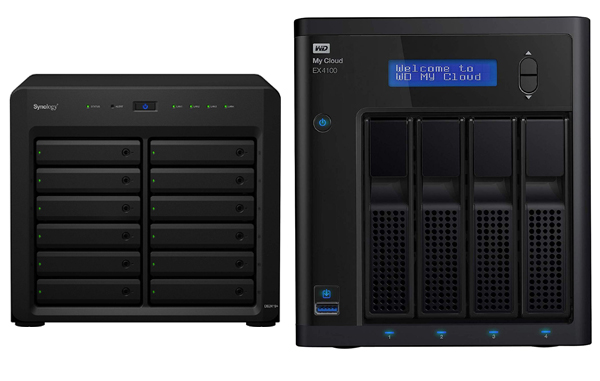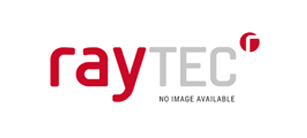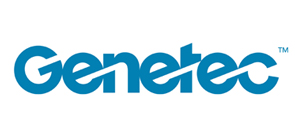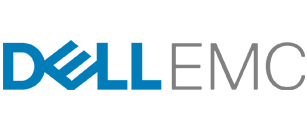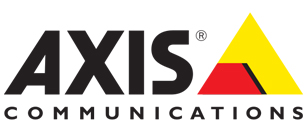A storage area network (SAN) or storage network is a computer network which provides access to consolidated, block-level data storage. SANs are primarily used to enhance accessibility of storage devices, to servers so that the devices appear to the operating system as locally attached devices. A SAN typically is a dedicated network of storage devices not accessible through the local area network (LAN) by other devices, thereby preventing interference of LAN traffic in data transfer.
A SAN does not provide file abstraction, only block-level operations. However, file systems built on top of SANs do provide file-level access, and are known as shared-disk file
Storage area networks (SANs) are sometimes referred to as network behind the servers[1]:11 and historically developed out of the centralised data storage model, but with its own data network. A SAN is, at its simplest, a dedicated network for data storage. In addition to storing data, SANs allow for the automatic backup of data, and the monitoring of the storage as well as the backup process. A SAN is a combination of hardware and software. To scale storage capacities as the volumes of data grew, direct-attached storage (DAS) was developed, where disk arrays or just a bunch of disks (JBODs) were attached to servers. In this architecture storage devices can be added to increase storage capacity
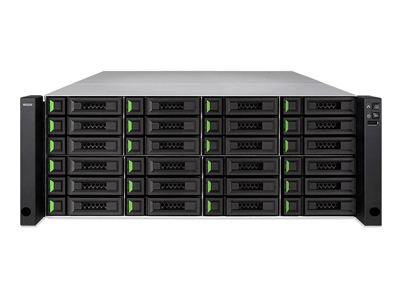
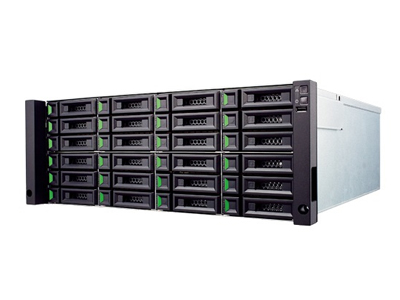
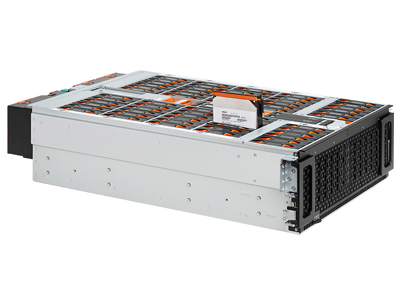
NAS is computer data storage connected to a computer network providing data access to may computers in group. NAS is specialized for serving files either by its hardware, software, or configuration. NAS systems are networked appliances which contain one or more storage drives, often arranged into logical, redundant storage containers or RAID or JBOD. Network-attached storage removes the responsibility of file serving from other servers on the network. They typically provide access to files using network file sharing protocols such as NFS, SMB, or AFP. The hard disk drives with "NAS" in their name are functionally similar to other drives but may have different firmware, vibration tolerance, or power dissipation to make them more suitable for use in RAID arrays, which are often used in NAS implementations
Wan Computers can supply NAS box from many manufactures such as WD, QNAP, Synology, Enclosure available with different bay such as 2, 4, 6, 8 etc.
Hard disc capacity will vary from 1, 2, 3,4,6,8,10 and 12 TB. So that make your JBOD capacity configuration and RAID configuration based on IT.
